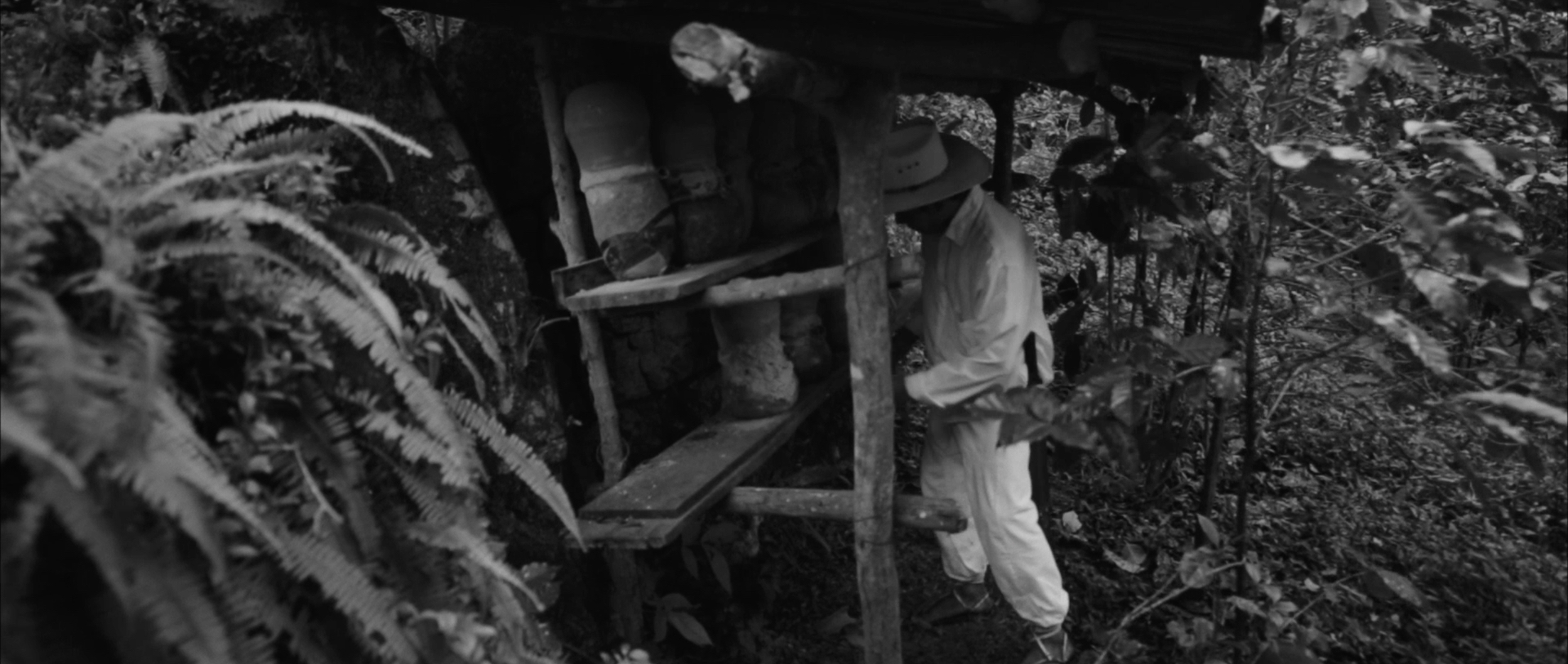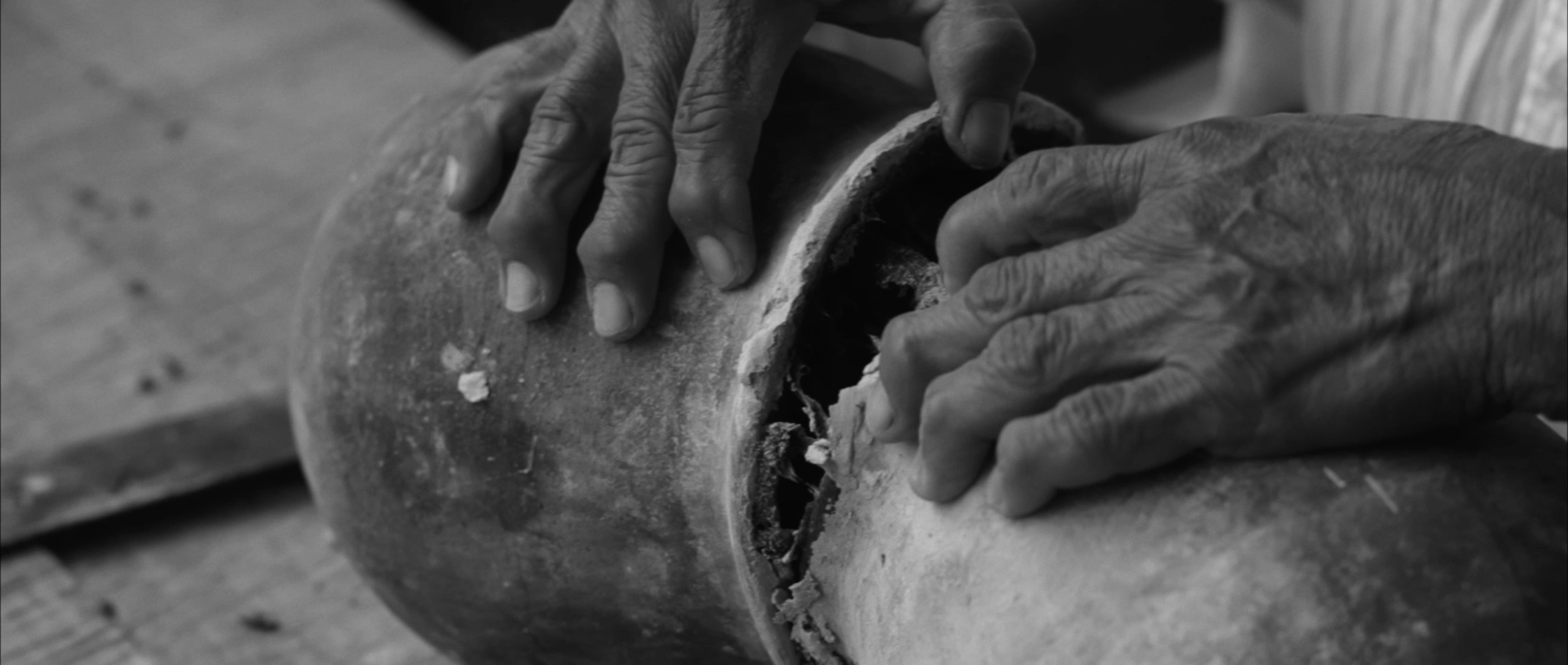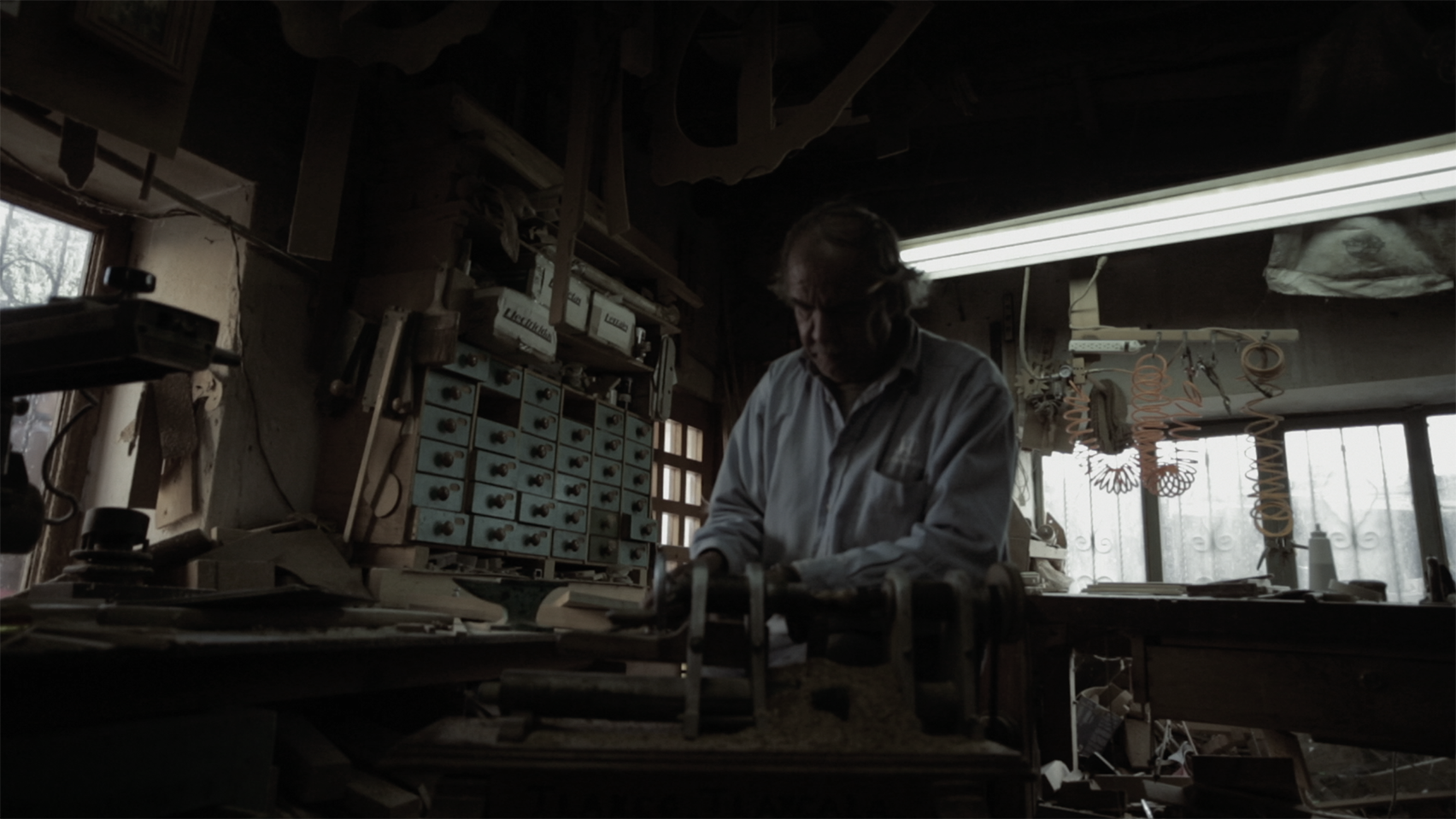Meliponiculture, or the breeding of stingless bees, represents an important cultural legacy in the Americas, where honey bees (Apis mellifera) did not exist before their introduction by Europeans. Meliponine bees, on the other hand, have been the only source of wax and honey for various cultures throughout history. Since pre-Hispanic times, this practice has left significant traces throughout the Americas, from Mexico and Central America to Brazil and Paraguay.
In Mesoamerica, the relationship between communities and beekeepers has had a profound impact on social, economic, and religious aspects. In the past, honey and wax were not only used as medicine, but also served as objects of trade and tribute. In addition, these products were essential in ceremonies and rituals, integrating into the worldview of several indigenous peoples. Stingless bees were seen as sacred beings, and beekeepers offered their services to them, creating a link between their people and the divine, which was an essential part of their conception of the world. Although pre-Hispanic beekeeping was also practiced in the north and south of Mesoamerica, its presence was less common and with less integration into local traditions.

It is believed that beekeeping began in the Yucatan Peninsula between 2,000 and 3,000 years ago. The domestication process probably began with the care of wild nests in the forest, a practice that persists in some regions to this day. Later, the settlers began to move the nests closer to their homes and to develop management techniques and artificial hives for breeding these bees.
The place where meniponiculture had the greatest roots and development was in Mesoamerica, a cultural region of the American continent that includes the southern half of Mexico, the territories of Guatemala, El Salvador and Belize, as well as western Honduras, Nicaragua and Costa Rica.
National Commission for the Knowledge and Use of Biodiversity (CONABIO)
Modern beekeepers use various artificial hives, with clay pots being common in the northeastern region of Puebla. Ancient records of hollowed-out trunks have also been found in Nayarit and Jalisco. Much of the current knowledge about ancient Mayan beekeeping comes from codices, such as the Madrid Codex or the Tro-Cortesiano. However, not all the people who practiced this activity left a written legacy, although many of the traditions persist in the memory and practices of the native peoples.
The arrival of honey bees and the cultivation of sugar cane caused a notable decline in beekeeping, resulting in the loss of knowledge and techniques. However, in recent years, a resurgence has been observed in several states of Mexico and other countries in Central and South America. This trend involves the recovery and strengthening of the cultural legacy and traditional knowledge related to the breeding of stingless bees, accompanied by contemporary innovations. Beekeepers have begun to experiment with technological practices that allow them to promote this ancestral activity.
In Puebla, the Sierra Nororiental has seen an increase in the breeding of the “Scaptotrigona mexicana”, known as “Pisilnekmej” by the Nahua people of the region. This bee, native to the tropical forests of Mexico, has been considered as an inheritance from its ancestors, which has remained alive throughout the centuries. In 2011, the municipality of Cuetzalan del Progreso was designated a “Pisilnekmej bee sanctuary” for its persistent work in honey harvesting, which has lasted over time.
“The results obtained in the decoding or translation of this section demonstrate the greatness and progress achieved by the Mayan civilization in meliponiculture”
López Maldonado
The people of Cuetzalan have developed an ingenious technique for raising stingless bees, using two clay pots joined together, known as “nekomit.” Their care involves cleaning the site and supplying water during hot periods, as well as keeping the temperature of the hives regulated.
THE PRODUCTS
Since ancient times, honey from the pisilnekmej has been used as a remedy and/or ingredient in the traditional pharmacopoeia of Cuetzalan, based on the idea that honey is curative because the bee feeds on some medicinal plants. Honey is ingested or applied directly to treat eleven ailments: stomach pain and chills, mouth sores, cough, chills in the throat, fleshy eyes, stomach ulcers, wounds and skin ulcerations (sores), infertility in women and cancer.
Wax or cerumen is used in the making of candles with figures and to stick the feathers to the plume used in religious celebrations.
Pollen is the protein food of bees, female bees collect it from flowers, thus exchanging it between flowers for vital pollination. They transport the pollen with their corbiculae to the hive where they add enzymes and store it in wax jars, which are their food reserve and contain the moist pollen of different blooms and, therefore, have a variety of colors.
Propolis or “takahuil” is a term used to name the resinous and balsamic material collected and processed by bees, used as a poultice to heal wounds.

HARVEST RITUALS
The honey harvest is done with the full moon from April to June, when there are not many larvae. It is done on sunny days once the dew has evaporated and ends at dusk so that the bees can return to their hives. Only the full honeycombs are harvested, for which they are weighed. The “nekomit” is placed on a table to separate the two pots with the help of a knife or machete. The products from the “upper” pot are used.
The honey or pollen jars are separated from the brood combs for harvesting; the honey jars are pricked with a clean orange thorn (Citrus sinensis) or squeezed out. The honey drains through a blanket and a strainer into a clean plastic container. The wax is separated and placed in another container. The pollen jars are separated, placed in a clean plastic container and covered so that they are not attacked by predators.
The Nahua people say that living with the pisilnekmej requires a stable environment, where there are no disputes, problems or vices. Thus, over time, the pisilnekmej have helped maintain family unity and community identity.
The harvest is carried out through rituals, for example, before starting they give thanks with incense and a prayer; when the pots are opened they take a walk to receive the sun’s rays, and while that happens the assistants say a prayer so that the bees are not mistreated; in addition, they give thanks to life because the one who harvests is removing the product that they have already worked on. It is also said that bees are energetic, and that they can see the balance that exists inside a house, and perceive the mist (which is when there is a death nearby) so a cross must be made with ashes, or with lime.

SOME DATA
• The harvest per year is between 2 and 4 thousand liters.
• They work with more than 6 municipalities of the Sierra Nororiental of Puebla.
• Today there are more than 300 beekeepers.
• From 30 to 450 pots per producer.
• Production per pot ranges from half to one liter.
However, there are concerns about the sustainability of bee farming in Cuetzalan, due to the concession of land to large transnationals and destructive practices such as fracking. María Luisa Albores, a partner in the Tosepan Pisilnekmej group, says that this resistance seeks to preserve their tradition and their relationship with the land as living spaces.
During the harvest, a small portion of honey, wax and propolis is often burned as a thank you to the bees and at the same time to keep them away from the hive.
Therefore, it is essential to control the negative effects that agricultural activities and the decrease in natural resources have on native bees. The conservation and sustainable use of stingless bees are essential to maintain food security and biodiversity in Latin America. Bee farming is not only a cultural legacy, but a crucial practice for the well-being of communities and the environment.

In Puebla, indigenous communities have maintained the tradition of breeding melipona bees for centuries. These bees are considered sacred and are credited with healing properties. Melipona beekeeping has become a source of income for many families, promoting ecotourism and the sale of derived products, such as honey, propolis and wax. Breeding melipona bees also plays a crucial role in biodiversity conservation, as they are important pollinators that contribute to the health of local ecosystems.
Melipona bees face threats due to habitat loss, pesticide use and climate change. Education about their importance is vital to their conservation. In Puebla, initiatives have been implemented to promote melipona beekeeping, educate the community about their care and encourage sustainable practices.
Melipona bees are a natural and cultural treasure in Puebla. Breeding them not only helps preserve biodiversity, but also boosts the local economy and keeps ancient traditions alive. Protecting these bees is essential to ensuring a sustainable future for communities and the environment.
Cooperativa Tosepan Titataniske
Juárez y Galeana S/N, Centro, 73560
Cuetzalan, Puebla, México
Tel. +52 (233) 331 0053
Facebook: Tosepan Titataniske


